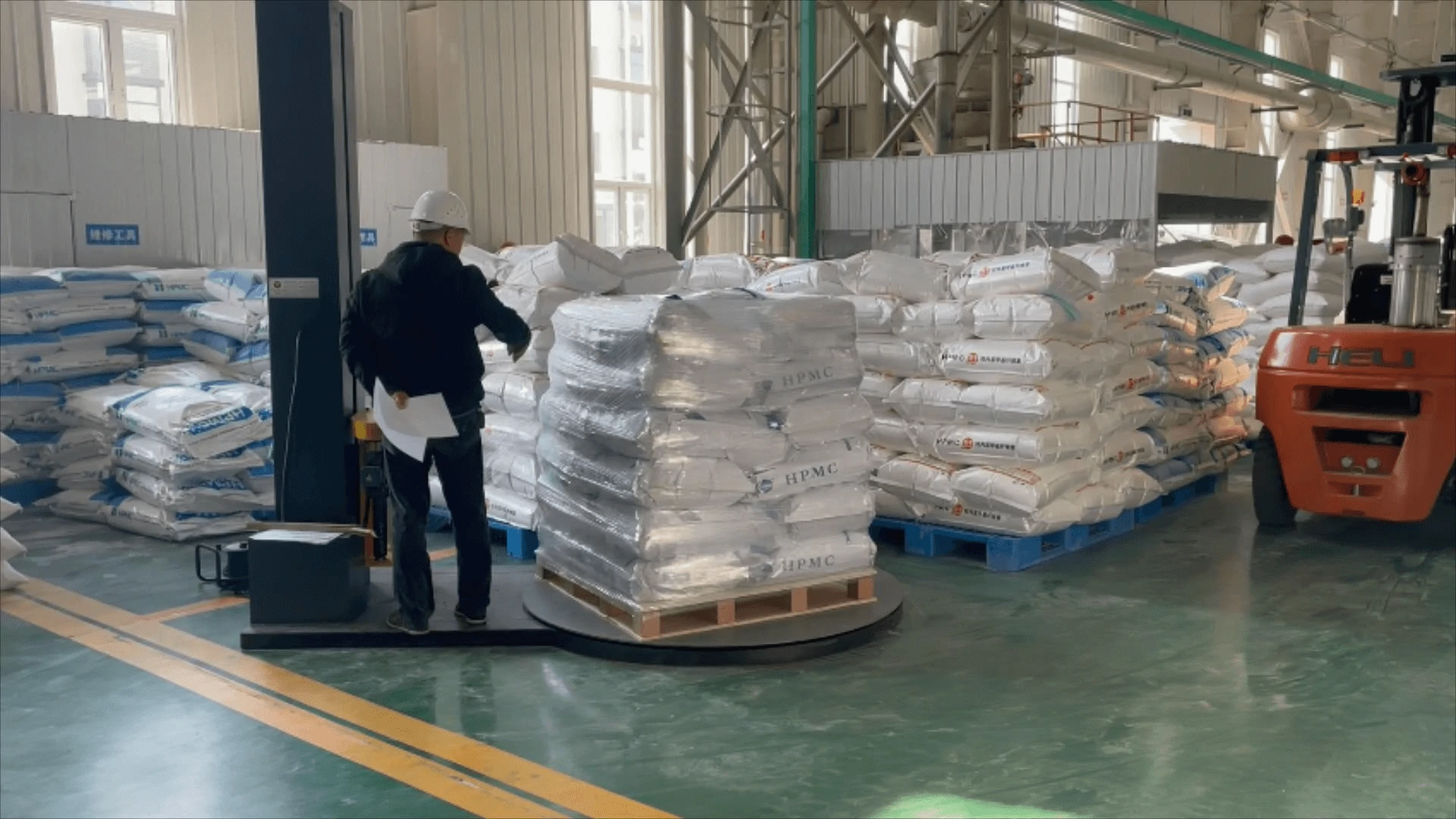
Ogo . 30, 2024 19:29 Back to list
hydroxypropyl methyl cellulose cas number
Hydroxypropyl Methyl Cellulose An Overview
Hydroxypropyl Methyl Cellulose (HPMC) is a versatile and widely used non-ionic cellulose ether, which has garnered significant attention in various industries due to its unique properties. The CAS number for HPMC is 9004-65-3, and it is commonly recognized for its applications in pharmaceuticals, food processing, construction, and personal care products.
HPMC is synthesized by the chemical modification of cellulose, which is derived from natural sources like pine and cotton. The production process involves etherification, where hydroxypropyl and methyl groups are introduced into the cellulose backbone. As a result, HPMC exhibits improved solubility in water and enhanced film-forming capabilities when compared to traditional cellulose.
Hydroxypropyl Methyl Cellulose An Overview
In addition to its role in pharmaceuticals, HPMC is also widely utilized in the food industry. As a food additive, it serves multiple functions such as thickening, stabilizing, and emulsifying. It can improve the texture and mouthfeel of products like sauces, dressings, and baked goods. Moreover, HPMC is compatible with a wide range of pH levels and temperatures, ensuring its stability and effectiveness in diverse food applications.
hydroxypropyl methyl cellulose cas number

The construction industry has also embraced HPMC for its beneficial properties. It is commonly used as a water-retaining agent in cement-based products, which helps to enhance workability and prolong the drying time. This characteristic is essential for improving the adhesion and durability of coatings, adhesives, and mortar. Furthermore, HPMC contributes to reduced cracking and enhanced flexibility in construction materials.
From a personal care perspective, HPMC is finding its way into a variety of cosmetic formulations. It serves as an excellent thickener and film former, providing desirable texture and stability to creams, lotions, shampoos, and conditioners. Additionally, due to its non-toxic and biodegradable nature, HPMC aligns well with the growing consumer demand for eco-friendly and sustainable personal care products.
Despite its numerous advantages, it is essential to ensure proper use and dosage of HPMC in formulations. Excessive amounts may lead to undesired viscosity or interfere with the product’s stability. Therefore, manufacturers typically conduct thorough testing to optimize the concentration of HPMC in their formulations to achieve the desired results.
In conclusion, Hydroxypropyl Methyl Cellulose (HPMC) is a crucial agent across various industries. Its multifunctionality as a thickener, binder, emulsifier, and stabilizer underscores its importance, making it a vital ingredient in pharmaceuticals, food, construction, and personal care products. As research continues and innovations emerge, the scope of HPMC applications is likely to expand, further enhancing its relevance in our daily lives.
-
Versatile Hpmc Uses in Different Industries
NewsJun.19,2025
-
Redispersible Powder's Role in Enhancing Durability of Construction Products
NewsJun.19,2025
-
Hydroxyethyl Cellulose Applications Driving Green Industrial Processes
NewsJun.19,2025
-
Exploring Different Redispersible Polymer Powder
NewsJun.19,2025
-
Choosing the Right Mortar Bonding Agent
NewsJun.19,2025
-
Applications and Significance of China Hpmc in Modern Industries
NewsJun.19,2025







